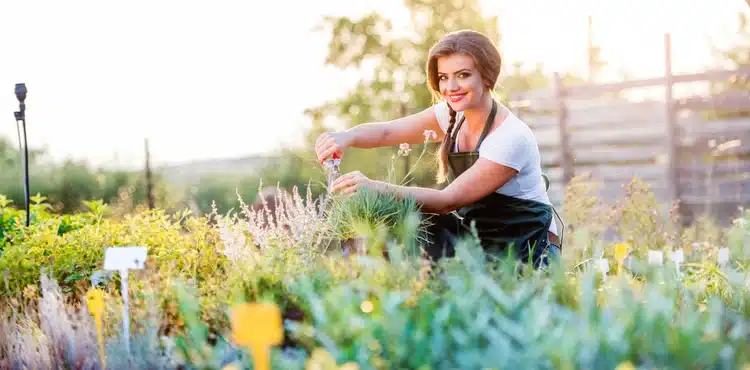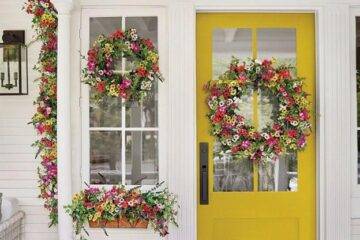Starting a Landscape Design Company – How To Ensure Success

Before you start a landscaping company, you first need to decide what kind of landscaping you will do. Many people confuse the roles and responsibilities of a landscaper and a landscape designer.
Some companies like Urban Oasis Developments in Calgary, Alberta will do the landscaping design and all the labor work to create a completed landscape. After the initial landscaping is complete, you can hire a scheduled landscaper to do the trimming and mowing. Check our Urban Oasis’ landscaping blog for lots of landscape design ideas and topics.
Landscaping and landscape design, though closely related, have distinct differences. Landscaping refers to the practical and aesthetic modification of an outdoor space involving tasks like planting, mowing, and building. It’s the physical act of making these changes, often requiring manual labor and routine maintenance.
On the other hand, landscape design is the art and practice of arranging these features to create a specific ambiance or theme. It’s the process of planning and designing the layout of a landscape, often involving a more theoretical, creative, and strategic approach. This includes considering the ecology, topography, and architectural elements of the space.
If you settled on “landscaper” then consider the following landscaping tools to help get your job done.
- Lawn Mower: This is essential for maintaining a clean and well-manicured lawn. For large landscapes, consider investing in a riding mower.
- Leaf Blower: Used for clearing leaves and other debris from the landscape.
- Shovels: Different types, such as the square-mouth, round-mouth, and spade shovels, are useful for different tasks like digging holes, moving dirt, and cutting into the earth.
- Pruning Shears: These are essential for keeping plants and trees healthy and aesthetically pleasing.
- Garden Trowel: Perfect for small digging tasks and planting.
- Rakes: Both leaf and landscaping rakes are needed for cleaning up and preparing the ground for planting.
- Hedge Trimmer: For maintaining and shaping hedges and shrubs.
- Wheelbarrow: Essential for moving materials such as soil or mulch around a property.
- Gloves: To protect the hands during various landscaping tasks.
- Weed Eater (String Trimmer): This tool helps in maintaining clean edges around garden beds and pathways.
- Chainsaw: Useful for cutting down trees or large branches.
- Aerator: A tool that punctures small holes in the soil, improving air, water, and nutrient movement in the soil.
- Garden Hose with Adjustable Nozzle: For watering plants and cleaning tasks.
- Sprinkler System: For maintaining lawn hydration, particularly in larger landscapes.
- Garden Fork: It’s effective for turning soil and mixing in compost or fertilizer.
- Edger: This tool is used for defining and maintaining lawn boundaries.
- Hoe: Useful for weeding and breaking up soil.
- Loppers: For cutting through thick branches and shrubs.
- Spreader: To distribute seeds, fertilizer, and other lawn treatments evenly.
- Utility Knife: A versatile tool for numerous tasks, like opening bags of soil or cutting string.










